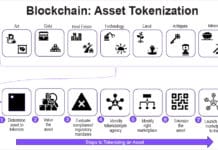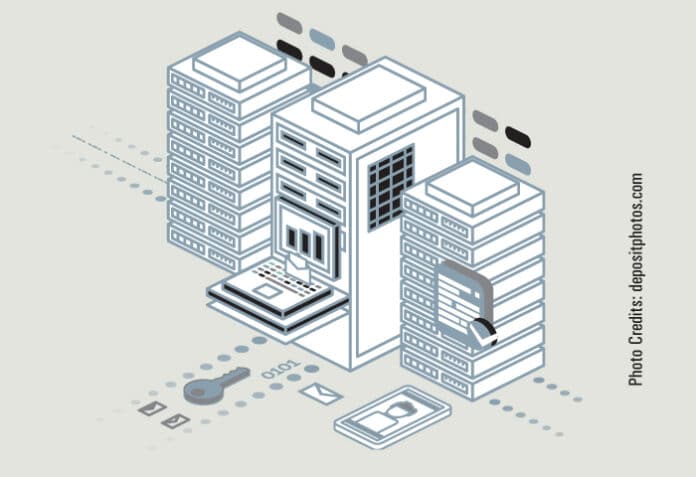Data centres are being turned into modern-day factories for AI generation. It’s no surprise, therefore, that traditional general-purpose computing is making way for accelerated computing.
Data centres have been at the forefront of tech innovation and transformation for quite some time now. One of the most significant shifts they have experienced in recent years has been the move from general-purpose computing to accelerated computing. This shift has been driven by the demand for faster processing speeds, improved efficiency, and the need to handle complex workloads such as artificial intelligence, machine learning, and big data analytics.
General-purpose computing, which relies on traditional central processing units (CPUs), has long been the standard in data centres. However, as the volume and complexity of data continue to grow exponentially, CPUs have struggled to keep up with the processing demands. This has led to a search for alternative solutions that can offer higher performance and efficiency.
Accelerated computing leverages specialised hardware such as graphics processing units (GPUs), field-programmable gate arrays (FPGAs), and application-specific integrated circuits (ASICs) to offload specific tasks from the CPU. These accelerators are designed to handle parallel processing tasks more efficiently, making them ideal for workloads that require massive computational power.
As artificial intelligence-related applications continue to grow, billions of dollars of capex are slated to be spent by data centre operators on accelerated computing hardware over the next decade.
Al requires three times the computation ability of the public cloud. It also needs more infrastructure and facilities. Global data centre capex is projected to grow 11% by 2027, reaching US$ 400 billion, according to a market research firm. CPU refresh cycles, accelerated computing and edge computing are the main elements driving these investments.
By incorporating a mix of accelerators alongside traditional CPUs, data centres can optimise their infrastructure for different types of tasks and applications.
Role of GPUs in accelerated computing
GPUs, or graphics processing units, play a crucial role in accelerated computing by leveraging their parallel processing power to perform complex calculations and tasks much faster than traditional CPUs. Originally designed for rendering graphics in video games and other graphics-intensive applications, GPUs have evolved to become valuable tools in scientific research, artificial intelligence, machine learning, and more.
The architecture of GPUs allows them to simultaneously handle thousands of tasks, making them ideal for tasks that can be broken down into smaller, parallel processes. This parallel processing capability enables GPUs to significantly speed up computations for tasks such as data analysis, image processing, deep learning, and simulations. For example, the Nvidia Hopper is a latest generation GPU that is specially designed to improve accelerated computing.
One of the key advantages of using GPUs for accelerated computing is their ability to handle massive amounts of data in parallel, which can greatly reduce processing time and improve overall performance. This makes GPUs indispensable in fields where complex calculations and large datasets are involved, enabling researchers and developers to achieve faster results and make more efficient use of computing resources.
Adaptive routing algorithms are required to deal with elephant flows and the frequent changes in traffic patterns of modern data centres. CPUs, GPUs, DPUs (data processing units) and superNICs are combined into an accelerated computing fabric to optimise networking workloads.
Advantages of accelerated computing
- Faster processing: Accelerated computing, which involves using specialised hardware like GPUs and FPGAs, can significantly speed up data processing tasks compared to traditional CPUs.
- Energy efficiency: Accelerated computing can also be more energy-efficient than traditional CPU-based systems. By offloading certain compute-intensive tasks to specialised hardware, data centres can reduce power consumption and lower operating costs.
- Improved performance: The parallel processing capabilities of accelerated computing can result in improved performance for specific types of workloads, such as machine learning, AI, and data analytics. This can help data centres deliver faster and more reliable services to users.
- Scalability: Accelerated computing can easily scale to meet the growing demands of data centres. By adding more GPUs or other accelerators, data centres can increase their processing power without having to overhaul their entire infrastructure.
- Cost savings: In the long run, accelerated computing can lead to cost savings for data centres. By optimising performance and energy efficiency, data centres can reduce operational expenses and maximise the return on investment.
Data centres as AI generation factories
Data centres serve as modern-day factories powering the AI revolution, acting as the vital infrastructure that fuels the generation of artificial intelligence. Large language models (LLMs) and generative AI play an important role in accelerated computing and make it possible to build efficient and powerful AI applications. These centres are massive facilities equipped with thousands of servers and advanced networking systems, designed to handle and process enormous volumes of data at lightning speeds.
Just like a factory converts raw materials into finished products, data centres transform raw data into intelligent insights and predictions. The data processed in these centres serves as the fuel that drives the AI engines, enabling machines to learn, adapt, and make decisions autonomously. Through the utilisation of powerful computing resources and sophisticated software frameworks, data centres facilitate the training of AI models on vast datasets, allowing them to continuously improve their performance and accuracy over time.
Moreover, data centres as AI generation factories symbolise the convergence of technology and innovation, where cutting-edge hardware and software come together to push the boundaries of what is possible. From chatbots to the automation of entire production facilities, opportunities in AI are expanding rapidly and expected to grow twenty-fold by 2030 to a value of US$1.9 trillion.
The shift from general-purpose computing to accelerated computing represents a significant evolution in the data centre industry. As organisations continue to embrace emerging technologies and data-intensive workloads, accelerated computing will play a crucial role in driving innovation, efficiency, and performance in data centre operations. By harnessing the power of specialised hardware accelerators, data centres can meet the demands of the digital age and unlock new possibilities for the future of computing.













































































